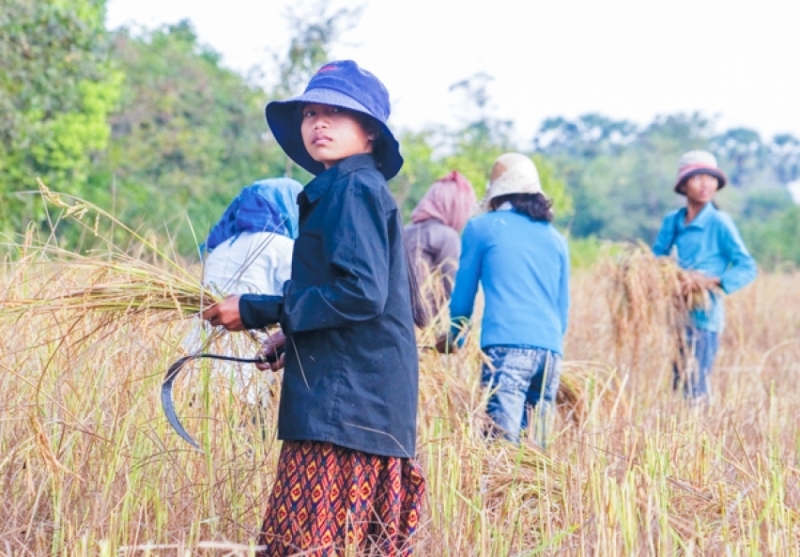




Cambodia’s rice export continued to fall about 6 percent from the 283,825 tons in the first six months of last year to about 268,190 tons in same period this year, according to a report released by the General Department of Agriculture yesterday.
Hean Vanhan, the deputy director of the General Department of Agriculture, told Khmer Times the drop in the volume of rice exports was partly due to millers and exporters not having enough capital to buy rice in the harvest season to store in warehouses for processing and export, as well as the flow of rice imported from Vietnam, while Thailand was releasing its rice to the market at a lower price.
“The drop is because there is no rice since some rice millers have no ability to buy rice to store in warehouses for processing. However, they get loans from banks to invest in purchasing rice machines and building warehouses. The question is where is the money to buy rice?” Mr. Vanhan said.
“If there is no concrete and effective solutions, it will continue to drop next month and the month after,” he added.
Cambodia Rice Federation member Hun Lak told Khmer Times the decrease in Cambodian rice exports stemmed from the outside market since Thailand was releasing rice from its warehouses at a cheaper price, making it hard for Cambodia to compete as Cambodia’s production costs were higher.
On the top of this, Cambodia does not have rice stocks since it released all its milled rice to the market in April.
He said now the price of rice in Cambodia was high, while the price in Thailand was lower, and Cambodia millers do not have rice to process for export.
Mr. Hun Lak said Cambodia still had high production costs and there was no budget to purchase more rice to store in warehouses for processing, and also the price of milled rice in neighboring Vietnam was priced lower.
“The exports of Cambodian milled rice will continue to drop until the next harvest, but we hope that during the new harvest, we can purchase more rice to store in warehouses for processing to increase the number of exports. But if the price of milled rice in the neighboring countries continues to fall, we will meet the challenges of our exports,” Mr. Hun Lak said.